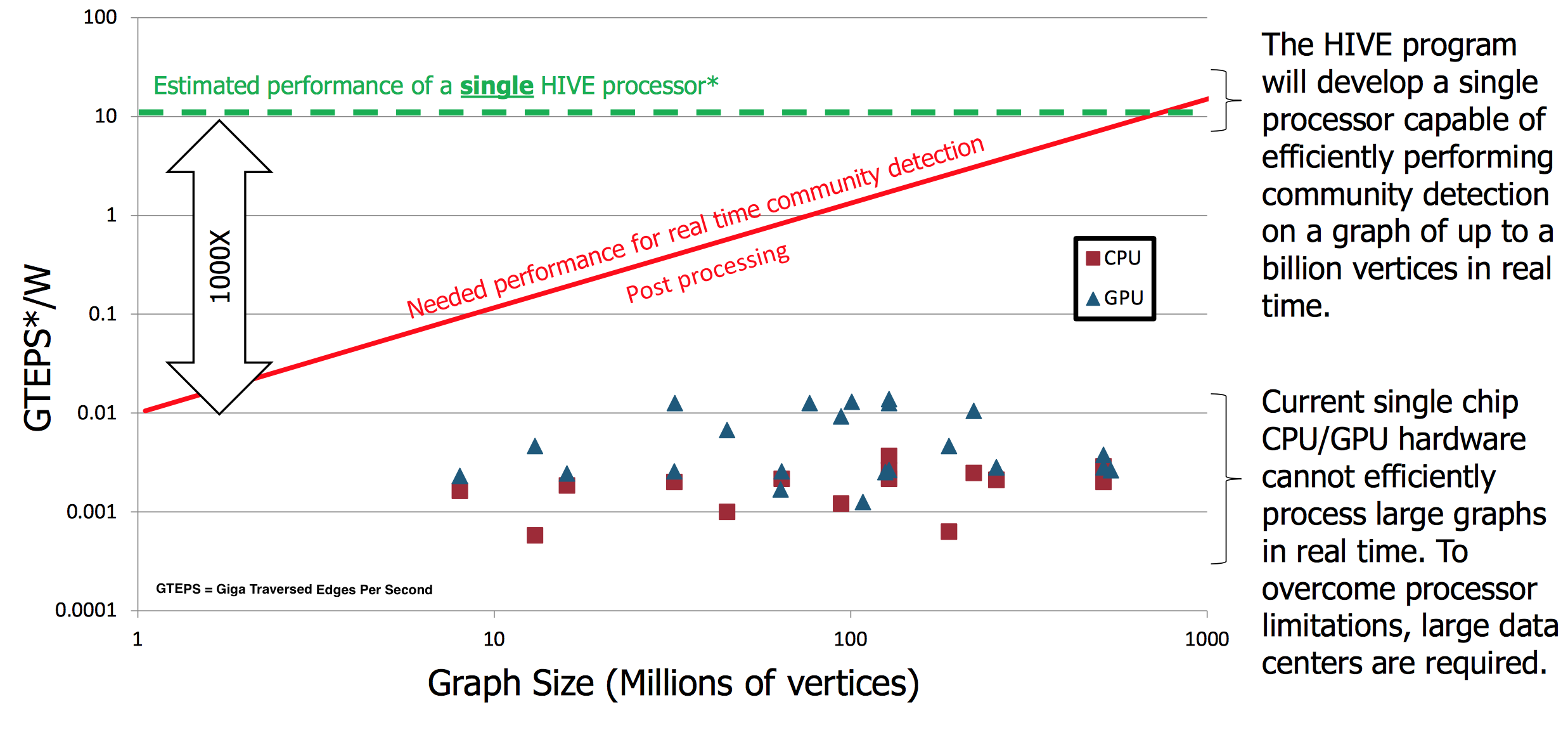Unlocking the Power of Data Storage: Understanding Mega, Giga, and Peta in the Digital Age
Guide or Summary:Mega, Giga, and Peta: The Essential Units of Data Storage ExplainedMega, Giga, and Peta: The Essential Units of Data Storage ExplainedIn to……
Guide or Summary:

Mega, Giga, and Peta: The Essential Units of Data Storage Explained
In today’s digital landscape, data storage is more crucial than ever. With the exponential growth of data generated daily, understanding the different units of measurement, such as mega, giga, and peta, is essential for anyone dealing with technology, whether you’re an IT professional, a business owner, or a tech-savvy consumer. This article delves into these fundamental units of data storage, exploring their definitions, applications, and the critical role they play in our increasingly data-driven world.
### What Are Mega, Giga, and Peta?
Before diving into their applications, it's important to clarify what mega, giga, and peta mean. These terms are prefixes used in the International System of Units (SI) to denote specific powers of ten in the context of digital information.
- **Mega (M)**: The prefix "mega" signifies one million (10^6). In data storage, a megabyte (MB) is commonly used to represent file sizes, such as images, documents, and small applications. For instance, a high-resolution image may be around 3-5 MB, while a standard MP3 audio file can range from 3-10 MB depending on its quality.

- **Giga (G)**: The term "giga" indicates one billion (10^9). A gigabyte (GB) is a more significant unit of measurement, often used to quantify larger files and storage capacities. For example, a typical smartphone might have 64 GB of storage, allowing users to store thousands of photos, hundreds of apps, and plenty of music.
- **Peta (P)**: Finally, "peta" denotes one quadrillion (10^15). A petabyte (PB) is a colossal unit of data storage, primarily used in enterprise environments and data centers. To put this into perspective, one petabyte can hold approximately 500 billion pages of standard text or the equivalent of around 13.3 years of HD video.
### The Importance of Understanding Data Units
In a world where data is the new currency, having a grasp of these units is vital. Businesses rely on accurate data storage calculations to manage their operations efficiently. For instance, cloud storage providers often offer plans based on gigabytes and terabytes, making it essential for users to understand how much data they need and what that translates into in terms of cost and storage capacity.
Moreover, as technology continues to evolve, the amount of data generated is skyrocketing. From social media posts and online transactions to IoT devices collecting vast amounts of information, the need for efficient data storage solutions is paramount. Understanding mega, giga, and peta helps individuals and organizations make informed decisions about their data storage needs, ensuring they invest wisely in the right technology.
### Real-World Applications
:max_bytes(150000):strip_icc()/Innovation_Issue_Nutrition_Analysis-2c16f9c2381a4086bc039eaf33f7f733.jpg)
1. **Personal Use**: For everyday users, knowing the difference between megabytes, gigabytes, and petabytes can help in selecting the right devices. For instance, when purchasing a new laptop or smartphone, understanding storage capacities can guide you in choosing a device that meets your needs without overspending on unnecessary storage.
2. **Business Operations**: For businesses, especially those in data-heavy industries like finance, healthcare, and media, understanding these units is critical for data management. Companies must assess their data storage requirements and choose appropriate solutions, whether that be on-premises servers or cloud storage options.
3. **Data Centers**: In the realm of data centers, the scale of data storage becomes even more significant. Data centers often operate with storage measured in petabytes, supporting thousands of clients and massive databases. Understanding the implications of these units can aid in planning for scalability and future growth.
### Conclusion
In conclusion, mega, giga, and peta are more than just technical jargon; they represent the backbone of our digital world. As we continue to generate and consume data at unprecedented rates, understanding these units will empower individuals and businesses to navigate the complexities of data storage effectively. Whether you’re managing personal files or overseeing a corporate data strategy, having a solid grasp of these concepts will undoubtedly enhance your decision-making capabilities in the digital age.